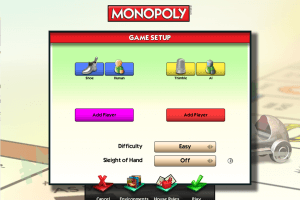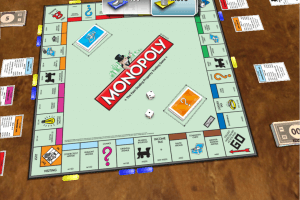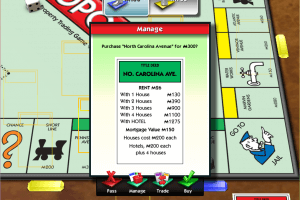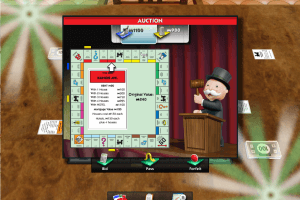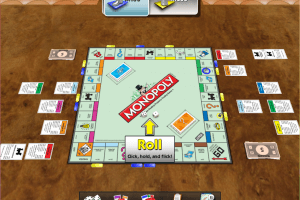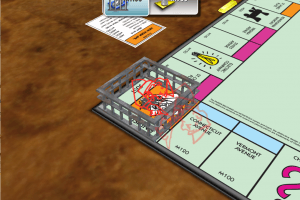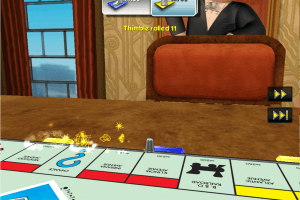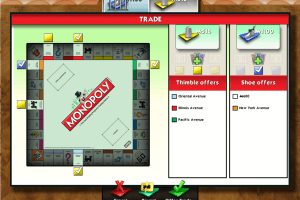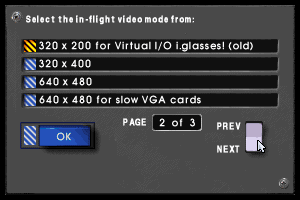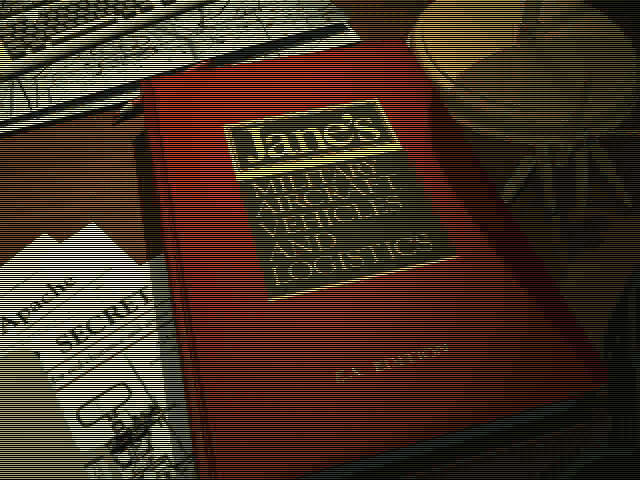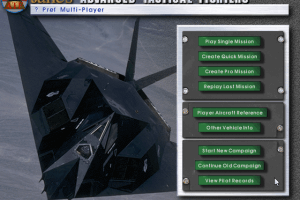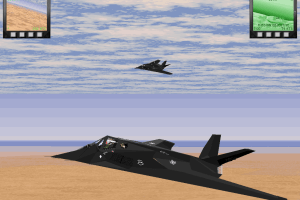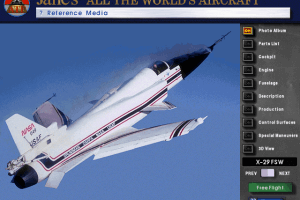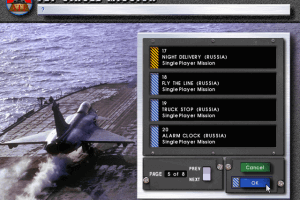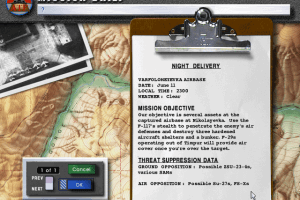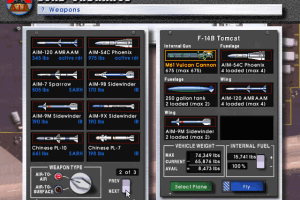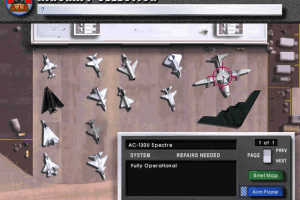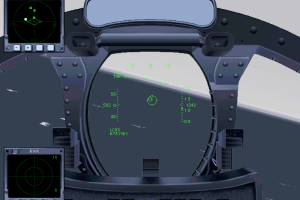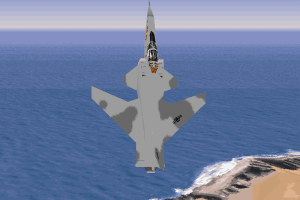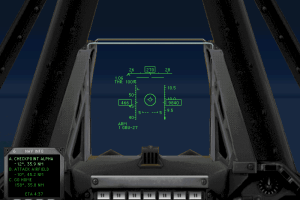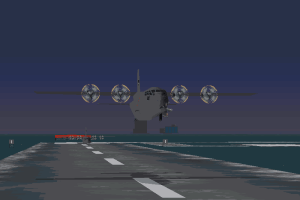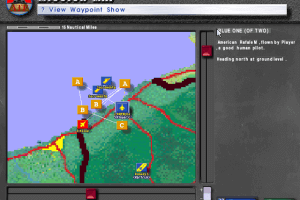Metal Knight: Mission - Terminate Resistance
Windows - 1999
Blind Date
I had no idea what to expect with Metal Knight Mission: Terminate Resistance
; I'd not heard of the game before receiving it, and could only find it
on sale at a handful of online CD stores at an apparently cheap $20US.
With many games, you can fall in love at first sight. Homeworld is
an example of such a game. It may be that you later discover that the
object of your lust has bad personal habits - in the case of Homeworld it's
the need to madly harvest and salvage everything in sight - but first
impressions can count for a lot. It's rather more rewarding to find a
game which grows on you slowly, where the friendship becomes a strong
long-term relationship. Those games are much rarer, with perhaps Civilization being the classic example.
With Metal Knight Mission first impressions
were not good. Seeing an option to install DirectX 5.0 on a modern game
suggests something's afoot. As a sci-fi real-time strategy, a game like
this needs to offer something novel, or something distinctive to hold
my interest. A tale of three factions - the Earth Union Defense Army
(EUDA), the Firehawk Corps and the Empire of Adonia - battling it out in
the 32nd Century is nothing new. But as a reviewer you need an open
mind. I launched into one of the three 20-mission campaigns as the EUDA,
and was immediately gobsmacked by what I found... exceptionally chunky
graphics and little legged robots running around at breakneck speed.
This was not looking like a good first date.
What I hadn't realised though was that the designers had chosen to
set the default resolution to 640x480 and the default game speed to
'fast'. A brief outing into the options screen and I was running at a
more leisurely pace and settled in at 1024x768. The difference was night
and day; while the graphics are still somewhat short of modern
standards, they're certainly good enough to give the gameplay a chance
to shine through.
Metal Knight Mission has a relatively standard RTS design, though the resource gathering aspect is a little different from most. Like Z and more recently TA: Kingdoms,
the resources on the map are limited, and you have to be aggressive in
seeking them out and occupying them to generate enough "cash" to build
the army to defeat your enemies. The more of these resource-generating
settlements you own, the bigger your income and, as a result, the less
your enemy's will be.
Money can be used to build new fighting units or to build new
structures, the most useful of which are the buildings which enable
research to raise your tech levels in mobility, power, weaponry, armour
and "measurement" (which means radar and detection ability). You can
churn out a lot of low tech units (which can be useful to occupy the
settlements) or invest in longer-term strength. There's also the more
accustomed C&C; type buildings, like power generators and repair pads. Unlike C&C; though, these are built by construction robots, so you can build any number at the same time, cash permitting.
Your fighting units are made from three components - the drive
system, the chassis and the weaponry. Some stock units are offered, but
you can also create your own, tuning the cost of the final design
against the particular type of unit you want. In theory this is a neat
idea, but with the exception of the unique EUDA flying units the others
seem to be rather samey, both within each force and between the sides.
There doesn't appear to be any special weapons, or abilities, the sort
of things that made Dark Reign and Starcraft more
interesting, or at least which made the distinction between the
fighting units that bit better. Units are rated by weapon power, range,
movement speed, armour and spotting range - while you can trade these
off against cost, there's no interesting decisions to be made (e.g. can I
buy a cloaking unit, or a shield generator, or a teleport ability...?)
While the units are colourful and look fine in battle, there's just no
feeling of having anything special to toy with.
The interface also leaves a little to be desired. You can queue
production and set muster points, but I saw no way to use waypoints or
to set aggression, patrol or guard orders. The ability to order a unit
to "hunt and destroy" (as per Dark Reign) is
useful, but in general the range of options is limited. The computer AI
is rather better than average though. The enemies attack in force, will
single out weakened units and chase them down, even deep into your
territory. The AI is also good at poaching settlements, and generally
keeping you harassed and busy with hit and run raids. The pace of
battles is good, there's just a lack of fun things to try out.
But the AI doesn't really make the game stand out; Metal Knight Mission is
an average game with an average design. The roll-your-own unit feature
and the requirement to be aggressive to gain resource generators both
help to add some interest to the gameplay, but with so many other better
games out there you'd have to have bought a whole lot of them before
your attention would turn to this offering. If multiplayer were a saving
grace, the apparent lack of TCP/IP support or any match-making service
doesn't help either; you're left with just IPX LAN play and the need to
dust off your old copy of Kali.
The one attraction Metal Knight Mission has going for it is the price, but why fritter $20 on a run-of-the-mill RTS game when you can save a bit longer and get Age of Empires 2, or one of the more glitzy recent RTS releases like TA: Kingdoms (which is better with the 2.0 patch), Warzone 2100 (also fixed up well with its patch), Homeworld or even the rather disappointing C&C;: Tiberian Sun. If $20 is all you have, well, there's a lot of good bargain bin buys around, like Myth 2, Battlezone or the splendid original Total Annihilation.
The market is awash with real-time strategy fare - to sell well you
need something of a fresh, innovative angle or an exceptionally
well-polished and slick product. Sadly Metal Knight Mission falls short on both counts
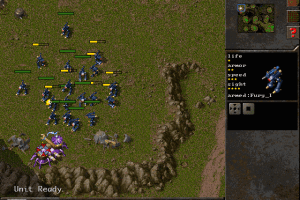
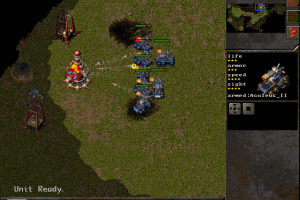
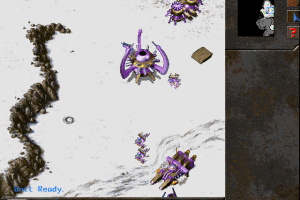
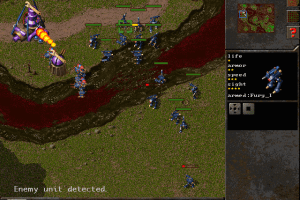
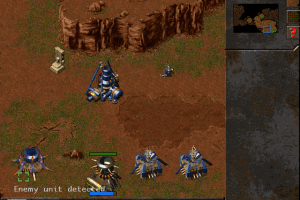
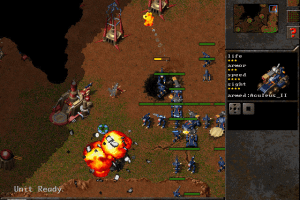
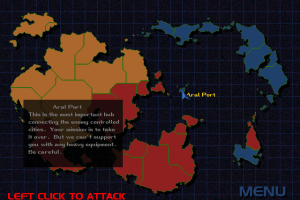
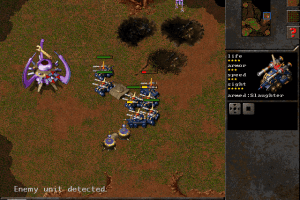
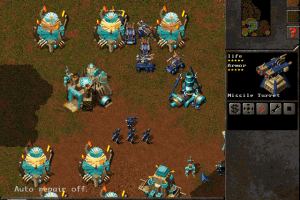
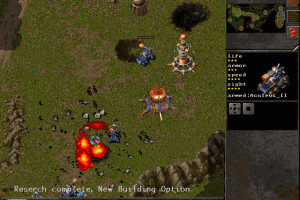
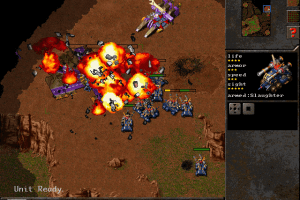 .
.
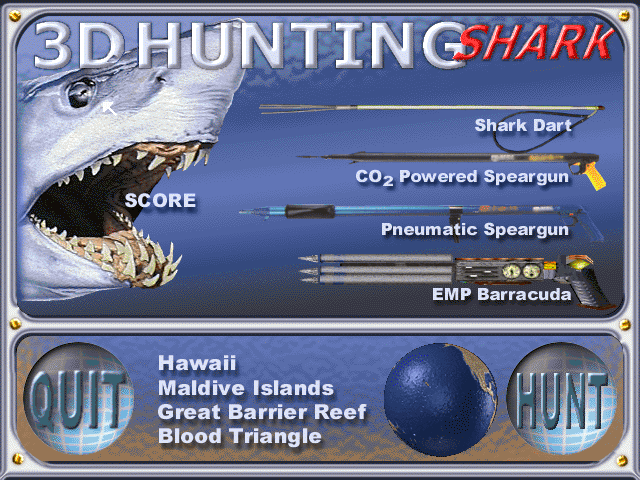
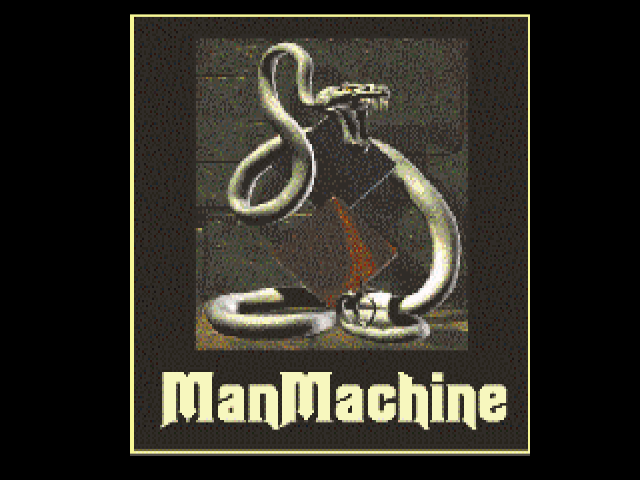

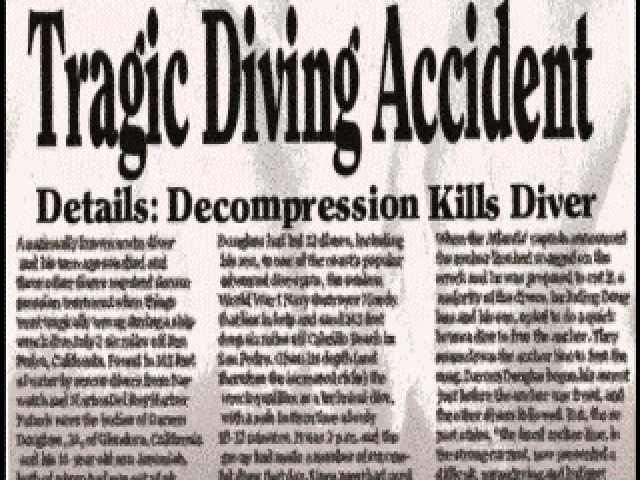
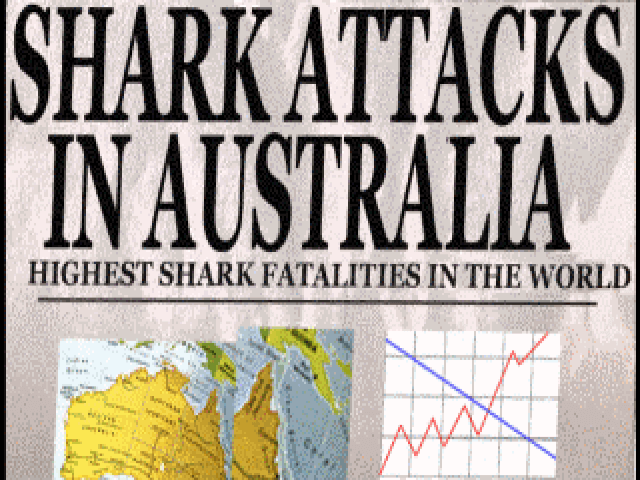
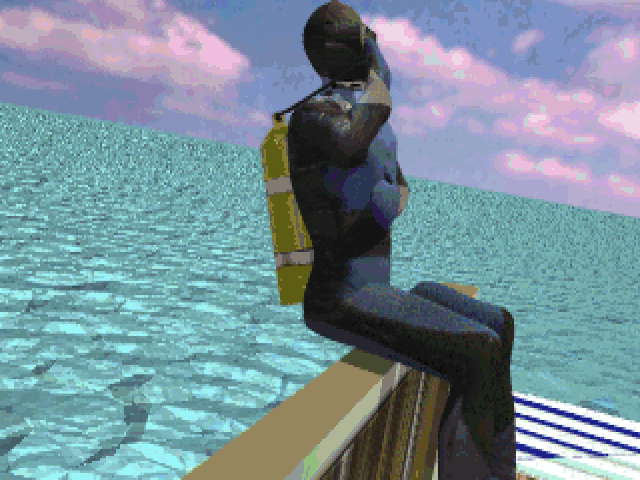
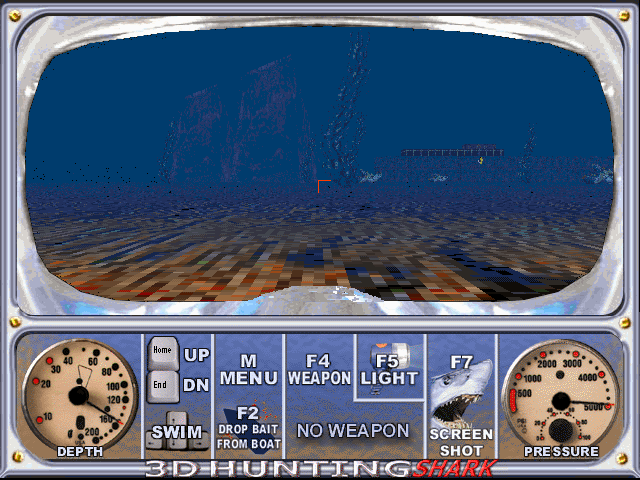
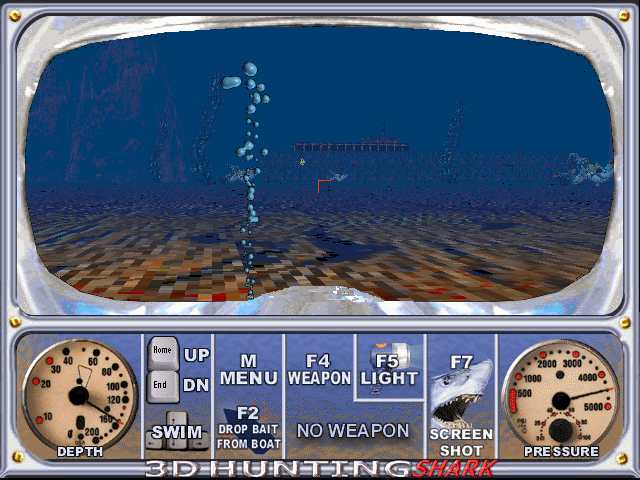
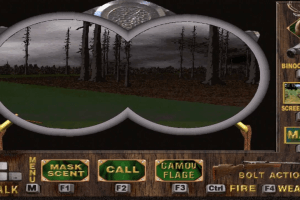
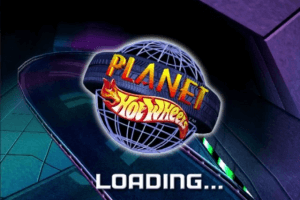
 566 MB
566 MB
